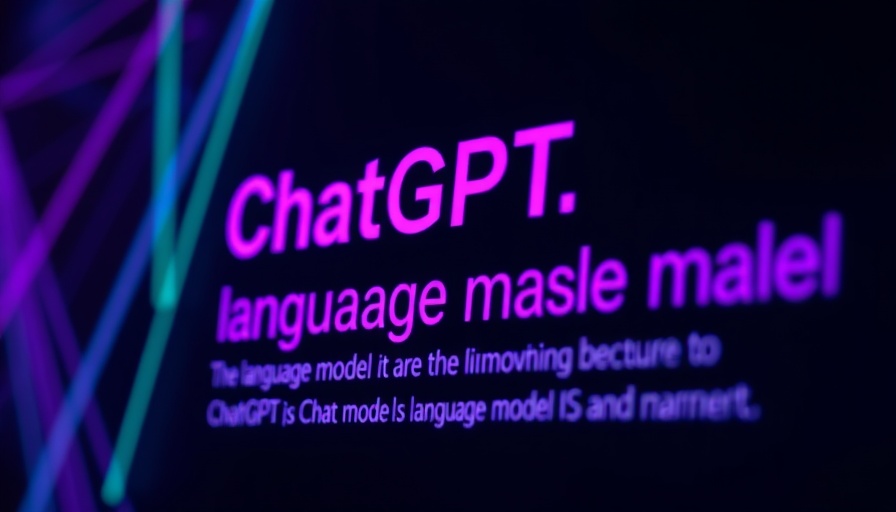
Understanding the Rise of ChatGPT in Today’s Digital Landscape
ChatGPT, OpenAI’s advanced text-generating chatbot, has rapidly ascended to become a staple in the technology discourse since its inception in late 2022. Originally designed to enhance productivity for writing essays and coding, its evolution has surprised many, culminating in 300 million weekly active users as of early 2025. This remarkable growth story illustrates not only the capabilities of generative AI but also raises questions about its implications for various sectors worldwide.
Key Milestones in ChatGPT Development
Over the past few years, ChatGPT has rolled out several significant updates. In 2024, OpenAI partnered with tech giant Apple to launch Apple Intelligence, adding to its suite of AI offerings. Notably, advancements like the GPT-4o model, equipped with voice capabilities, and the text-to-video Sora model have also attracted widespread attention. However, the road has not been devoid of challenges; OpenAI faces internal turmoil, including the departure of key executives and lawsuits regarding copyright issues. These hurdles reflect the complexities inherent in leading the AI revolution while addressing public and legal concerns.
The Competitive Landscape and OpenAI’s Strategy
As ChatGPT gains traction, OpenAI is keenly aware of its global competitors, especially emerging Chinese firms like DeepSeek. In a bid to secure its position, OpenAI is not only strengthening its ties with U.S. government entities but is also embarking on ambitious infrastructure projects. Industry analysts suggest that the coming years may witness significant funding rounds that could bolster OpenAI’s resources, ensuring its competitive edge in this rapidly evolving field.
Latest Updates That Matter: Free Access to Premium Features
In April 2025, OpenAI made headlines by announcing the free availability of its ChatGPT Plus subscription for college students across the U.S. and Canada. This strategic move allows students to access advanced features such as the latest GPT-4o model and comprehensive research tools, thus democratizing access to state-of-the-art AI technology. It prompts us to ponder: how will this access shape the educational landscape, boosting not just productivity but also creativity among students?
Charting Future Trends: The Impact of AI on Everyday Life
With over 700 million images generated by users since the upgraded image generator became available, the artistic possibilities presented by ChatGPT and similar models are expanding immensely. As more individuals experiment with these tools, we must consider the broader implications for art, content creation, and intellectual property. Will AI-generated content redefine creative ownership, or will it spark new debates on copyright and originality?
Voices of Concern: Ethical Dilemmas in AI Advancement
Despite the excitement surrounding ChatGPT, it is important to address ethical concerns regarding the technology. Critics emphasize the potential dangers of AI-generated misinformation and privacy violations, advocating for responsible development and use. Balancing innovation with ethical considerations will be crucial to ensuring that advancements in AI lead to positive societal impacts rather than unintended consequences.
Conclusion: A Call to Informed Engagement
As we navigate this change-filled era defined by AI advancements like ChatGPT, it is vital for technology enthusiasts, educators, and policymakers alike to stay informed. By understanding not just how these tools operate but also the implications they bring, we can engage in meaningful dialogue about their role in our future. Explore the journey of ChatGPT further and reflect on how you can adapt to and shape the inevitable evolution of technology.
 Add Row
Add Row  Add
Add 



Write A Comment